Victorian Arthur Pinfold Archimedian Ring Sizing Tool
Victorian Arthur Pinfold Archimedian Ring Sizing Tool
$2,800.00
Description
DATE: Victorian, c.1900
"WEDDING RING SIZING made interesting. Pinfold's Patent Archimedian Ring Sizing Tool, PERFECTED."
Arthur Pinfold, along with his brother George, came up with various inventions during the latter half of the 19th century. Their father, also George, was a watchmaker who trained his sons in the watchmaking business, eventually bringing them in as partners. In due course Arthur planned to expand the business into new markets, first developing and patenting a "silent metronome" (Patent No 12445) which proved to be wildly popular (example still surface at auction today), and a small factory was established in Bradford to ensure supply could keep up with demand. The success in England encouraged Arthur to obtain a US patent in 1891, achieving success there too. An advert in the a Wellington paper (New Zealand) included a testimonial from notable organist Mr Robert Parker: "Dear Sir, I have carefully tested a “Pinfold” Metronome with one of the best English instruments, and I find it absolutely true in its working. I had already received, from well-known musicians in England, strong recommendations of the new Metronome, and I can now personally endorse them. Its noiselessness, and the impossibility of getting out of order, are not the least of its recommendations, and its price (about one-fourth of that of a good English metronome) places it within the reach of every musical student”. The design was resurrected by an Austrian design company in 2008, and an original example is held in the Met Museum.
Unfortunately it seems the new metronome's success wasn't enough to keep the Pinfold's business afloat, the London Gazette of September 1894 reports their declaration of bankruptcy. George later established his own watchmaking and jewellery business in Margate, and Arthur continued pursuing new inventions including: a combined mop and brush for cleaning dished (Patent No 25189); a trouser stretcher (Patent No 13037 & 13557); and new design for a violin chin rest (Patent No 108283). The death of his son in WW1 understandably dampened his creative output, however he scored a business success shortly after in the 1920s with one of his late 19th century inventions, Patent No 241336 a ring re-sizer. They were made in various different shapes and sized, but all worked on the same basic premise as outlined below. Swipe to see a copy of an original 19th century advert for the device, suggesting jewellers could "Place it in your window, Advertise 'Rings Altered without reducing the weight, whilst you wait".
This is an original 19th century example, with ornate Greek style gold decoration with A. Pinfold & Co. of Bradford, England, on the side. It's very heavy, presumably cast iron, in good working order, and comes with the full compliment of brass appendages required to stretch or compress the gold. The drive can either push the ring down into a conical socket to reduce the diameter, or onto a conical wedge to stretch. Tools based on the same principal are still sold today, however the age and aesthetic appeal of this one means it probably works better as an ornament...
MEASUREMENTS
Height: 10 inches
Base: 8 x 4 inches
WEIGHT
Heavy
CONDITION
Good, signs of wear commensurate with age and use. Mechanism is smooth and in good working order
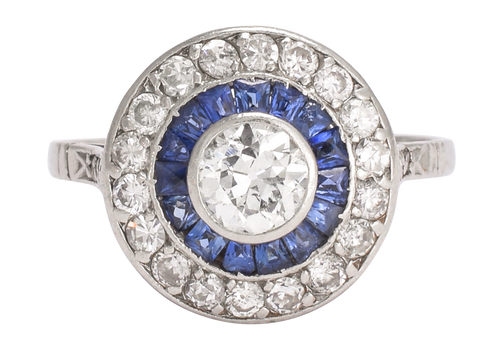
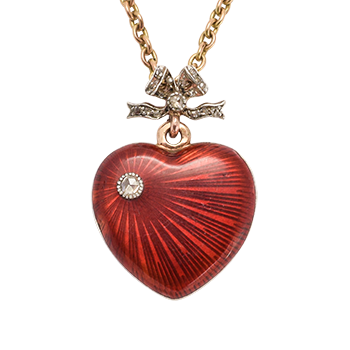
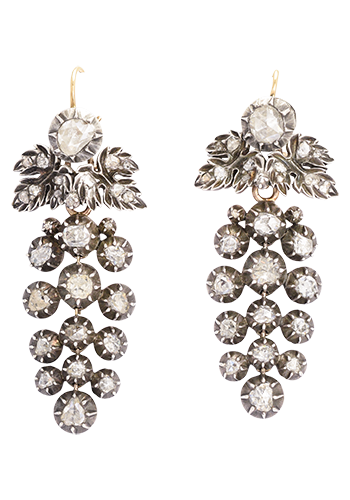
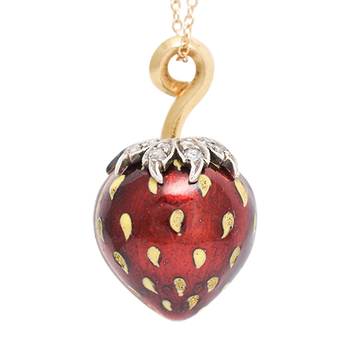

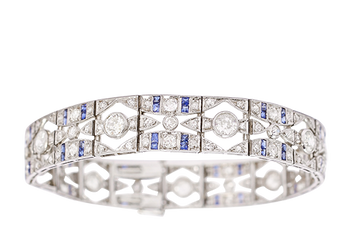
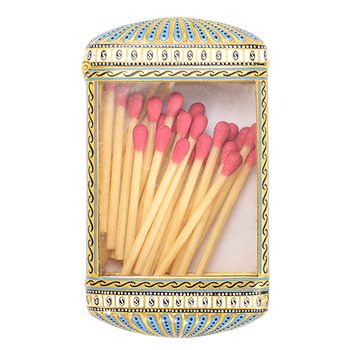
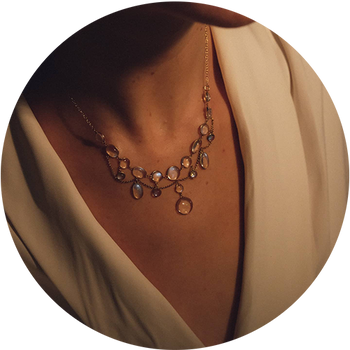
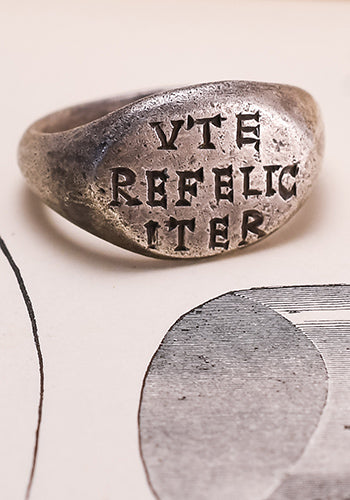
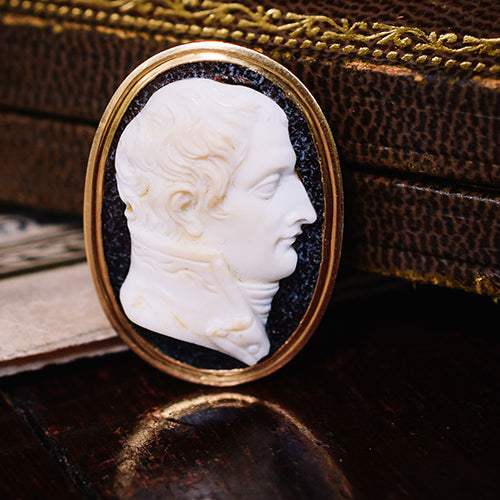
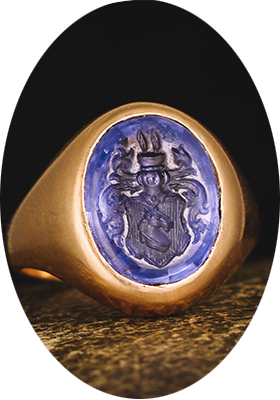
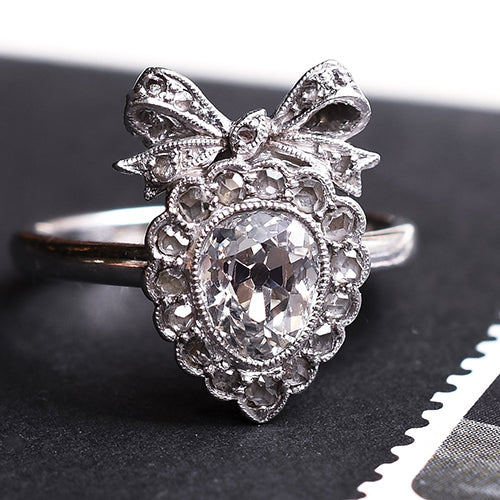
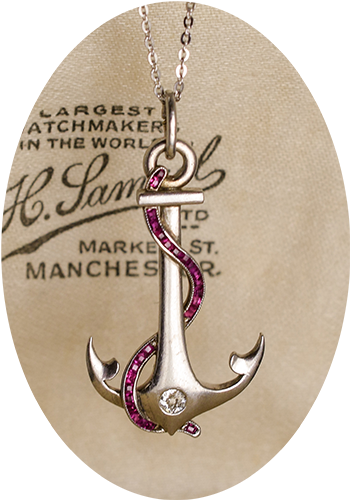
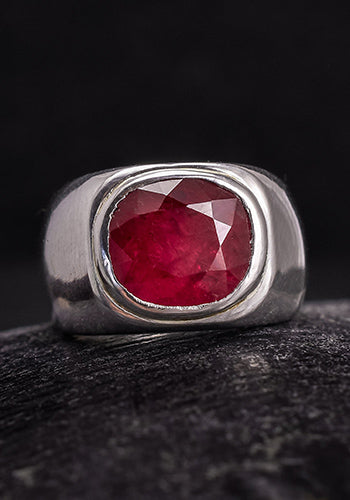
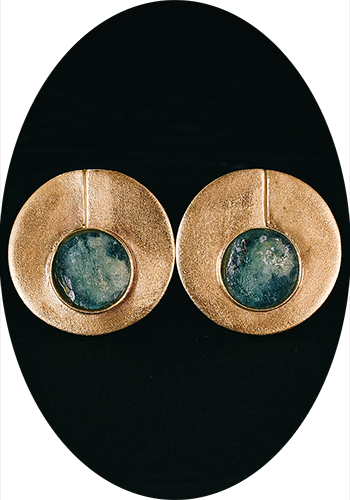


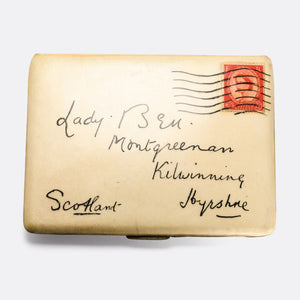
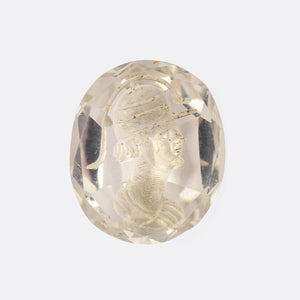
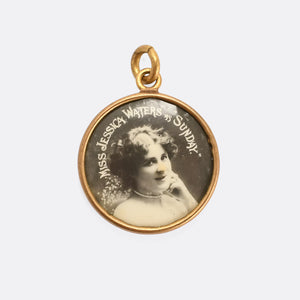
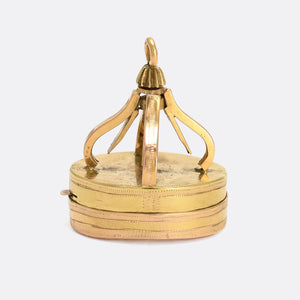
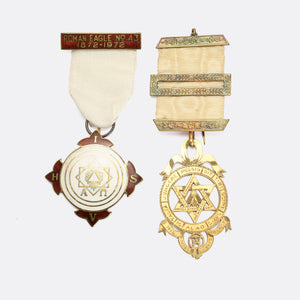
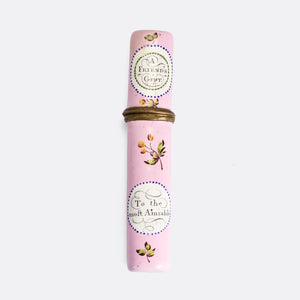
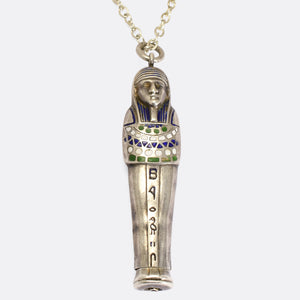
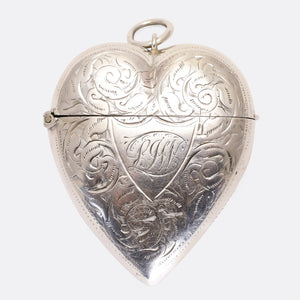
Follow Us
Dealing Podcast blog instagram TikTok facebook